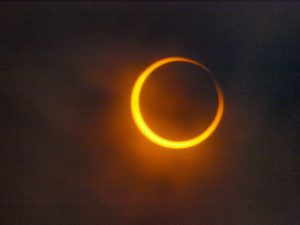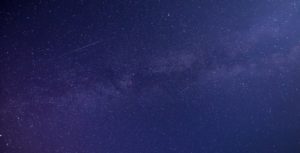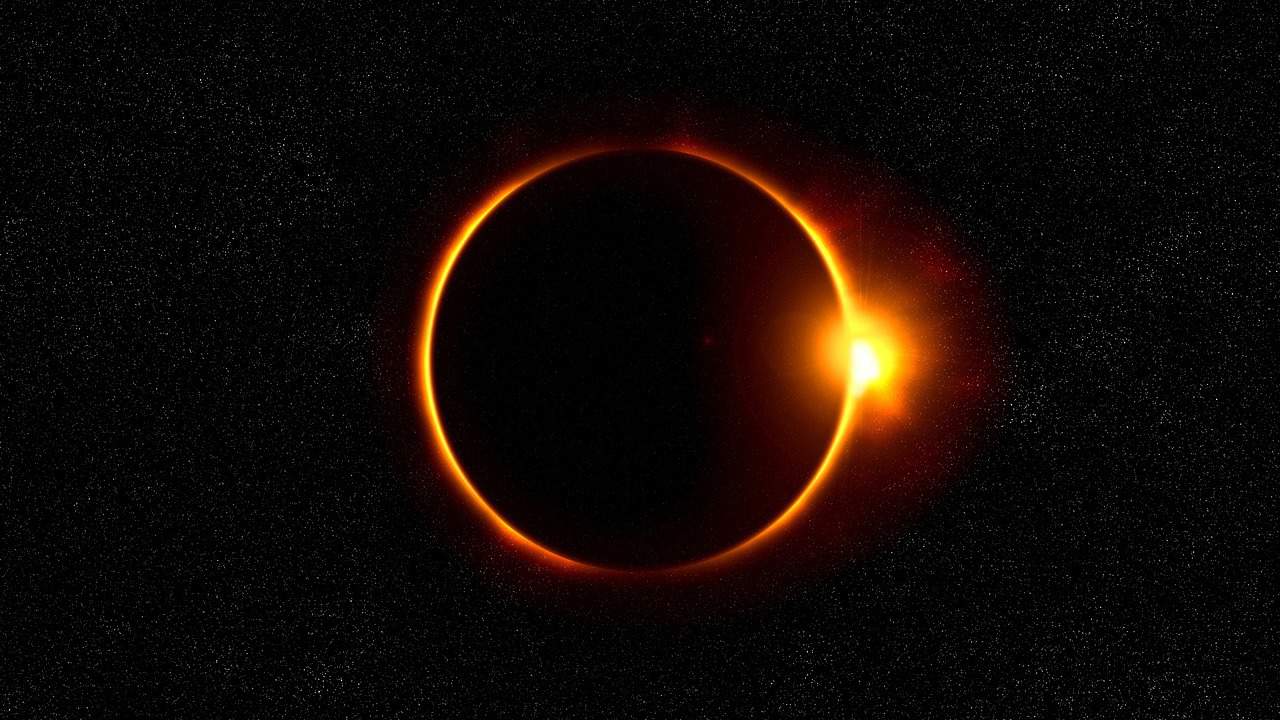It’s August—somehow, already—and we here in the U.S. have the incredible luck of being in the right place for two amazing space events, including the celestial event of the century.
On Monday, August 21, the visible path of a total solar eclipse will travel along the whole of the United States, from Oregon to South Carolina. While a partial eclipse will be visible no matter where you are on the Western Hemisphere, if you want a view like the one picture above you’ll have to travel to the “path of totality,” a 70 mile strip of land where the moon will completely block out the sun (Check out Nasa’s full map to see where exactly the full shadow of the eclipse will fall).
But what’s the big deal? Doesn’t this kind of thing happen all the time? Well, yes and no. According to Space.com, a solar eclipse is visible somewhere on earth around once every 18 months, or twice every three years. But most of these eclipses are annular eclipses, or incomplete. The moon isn’t at the right place to completely cover the sun, so it looks more like this:

The ring of visible corona, or the sun’s fiery atmosphere, varies in size depending on the moon’s orbit, so total eclipses are much, much rarer. It’s hard to determine the exact rarity of them (because science) but take my word for it when I say this is our lucky day! The next total solar eclipses will occur: in South America in 2019, in South America and South Africa in 2020, in Antarctica in 2021, and Australia in 2023. North America won’t see another until 2024!
So go out and enjoy, friends, but remember—safety first!!! Never, ever, EVER look directly at the sun, even if it is partially covered by the moon. You can seriously damage your eyes, and you can buy ISO certified glasses lots of places on the cheap, so don’t risk it!
For those less inclined to travel miles and miles to see the total solar eclipse, you can go out into your own backyard for the other August event. The Perseid Meteor Shower, the best and brightest of the year, is set to occur from July 17 to August 24. The peak will occur the night of August 11 into the early morning of August 12, when you can see dozens to hundreds of glittering debris lighting up the night sky as it burns up in the atmosphere.

But why now? In August, the Earth passes through the enormous (think 5 million miles wide) debris trail of the Swift-Tuttle comet. The flashes and streaks of light we observe from the surface are bits of rock, ice, dust, and other space stuff striking Earth’s atmosphere at 35 miles per second!
To best view this stunning light show, get as far from city lights as you can, bring a cozy sleeping bag, and lie on your back looking upwards. The best atmosphere for viewing is when the moon will be down or new, so check out a moonphase calendar to make sure your night won’t be interrupted by a bright and noisy sky neighbor! The closer to August 11 you go, the more likely you are to see these dashing visitors from beyond our little blue ball.
Hope your August is out of this world!


